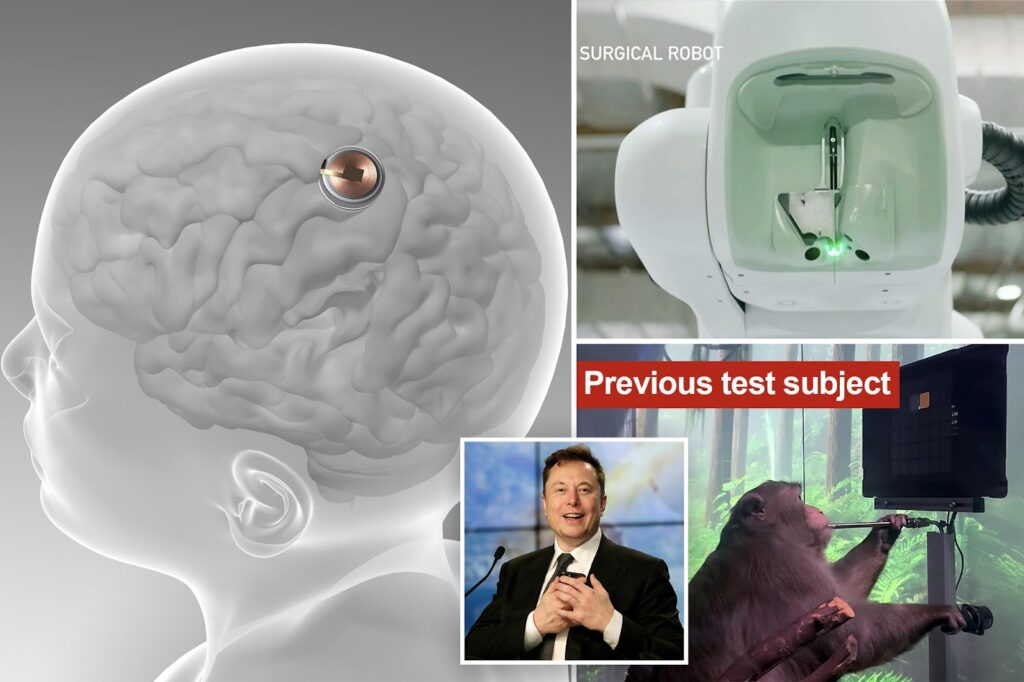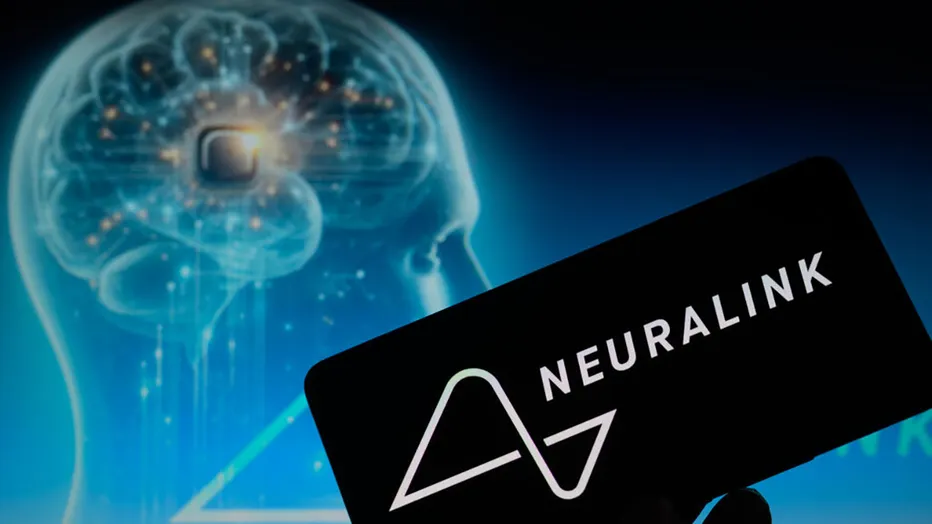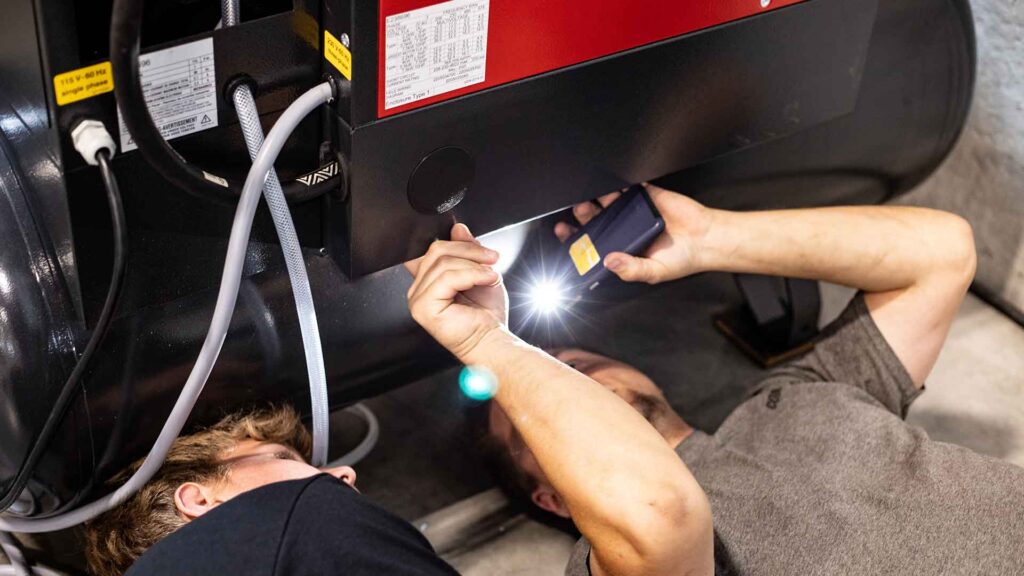Have you ever considered the benefits of neurotech in light of current findings? Neuralink, an invention of Elon Musk, is the best example; it is the subject of discussions throughout the world and is now the center of public interest. Neuralink is pushing the boundaries of brain-computer interface technology in an effort to make the environment more engaging for individuals and others who wouldn’t be the same.
The Neuralink claims to do this with its implanted devices and lofty objective of using brain-to-brain communication to improve cognitive functions, reclaim lost capability, and direct one. Although there is enthusiasm, there are still concerns about safety, ethics, and openness.
Even though there is no denying the widespread advantages of these devices, there are still many unanswered questions about privacy invasion, improper use of the implants, and the long-term effects on improving brain implants. These problems create a difficult balance between innovation and responsibility, which is a fine line in the development of technology.
Neuralink: Uniting Human Thoughts with Robotics

Image credit – NPR
Neuralink, a 2016 firm founded by Elon Musk, is actively developing human-centered gadgets with an emphasis on producing implantable brain-computer interfaces. The N1 is the flagship item in their product lineup. This is a 1.5-inch-diameter disk-shaped microdevice with small electrodes embedded in its threads. This indicates that neural activity is recorded by the electrodes in this system and subsequently wirelessly communicated to a smartphone app.
But the main goal of the Neuralink is to enable people to use basic thinking to operate computers, phones, and other external devices. One paralyzed patient’s ability to play chess was restored by the implant in the start of 2024, marking a significant milestone.
According to this point of view, Neuralink’s goal goes beyond what is now possible; in the far future, its technology may be able to improve memory, aid restore mobility or sight, and enable direct brain-to-brain contact.
However, since this is a young, innovative firm in the IoT device space, the safety and ethical elements are now the most important.
The complex problem with brain implants over time, which includes several.
Neuralink’s Technology Dissection:

Image credit – Gaming Deputy
- Implant: N1 implant, coin-sized device that includes thread-like strands with electrodes for recording neural signals.
- Functionality: The implant will give users complete control over their environment by wirelessly transmitting neural signals to actuate the devices they need like computers or smartphones just by thinking about them.
- Achievement: A paraplegic patient was able to use the implant to play chess in the first few weeks of 2024.
- Future Applications: As for possible applications of the technology, it varies from enabling the restoration of movement & vision to enhancing memory as well as thinking directly between the brains.
- Challenges: While their technology presents a hopeful picture, preserving the values of safety, autonomy, and privacy continues to be a contentious ethical problem. Brain implants’ future depends on a thorough analysis and careful assessment of their long-term effectiveness and safety.
The Positive:
Brain-Computer Interface Pioneer: Without a question, Neuralink’s implanted BCI technology is a crucial advancement in the field of neurotechnology, and its significance cannot be overstated. The N1 implant, with its intricate design and precise processes, represents a significant advancement in the field of easier brain-to-electronic device communication. For those with neurological impairments and disabilities, the ability to collect and analyze signals more precisely creates a wealth of potential.
Potential to Help People: Neuralink’s technology has the amazing potential to immediately improve the quality of life for many individuals who are suffering from subpar health conditions. In addition to its capacity for rehabilitation—it may help paralyzed individuals regain lost functions and improve sensory perception—it also has a remarkable capacity for healing. Neuralink’s ability to transmit data from the brain to machines through several channels not only closes the mental-machine gap but also improves people’s quality of life.
Future Applications: Research in this area pushes the envelope in the human-machine interaction in addition to the direct applications of neurohacks. Concepts like brain-to-brain connection and cognitive advancement point us in the direction of mental capability surpassing, which is crucial for the future. Even though it may seem unlikely, these distant possibilities show how committed Neuralink is to fundamentally altering human awareness and potential.
The Not So Excellent:
Ethical Concerns: Although brain implants have a lot of promise, there are a lot of complex moral issues surrounding their growing use. These issues should be properly examined. The questions that ultimately need its control include who owns the privacy of such data, how likely it is to be misused or abused, and the psychological effects of its application.
Animal Testing: One of the more contentious companies, Neuralink, has been strongly against using animals in experimental research. Even if the business complies with standards, there is a notion that animals are treated inhumanely, despite their obvious need for technological advancement. preserving this vision of constructive scientific progress while simultaneously emphasizing ethical responsibility as the crucial element, these businesses, etc.
Safety and Long-Term impacts: Although brain implants have clear benefits in the short term, their long-term impacts are a little less clear, which can only worry us given the hazards and unfavorable outcomes. User safety must always come first, and different possible risks must be addressed by enforcing a set of safety protocols and conducting regular monitoring. User safety continues to be the most important consideration in the development of Neuralink devices.
The Uncertainty
Overhype: For a good number of people, Elon Musk’s Neuralink is synonymous with the SpaceX founder. The project sparked a lot of public interest, and its future has been the topic of several conversations lately. Furthermore, the critics emphasize that realistic expectations should be set, that the practical results should be prioritized above discourse, and that technical concerns should receive the necessary attention. Neuralink’s reputation and prospects for success in the future will mostly depend on maintaining expectations compatibility and striking a balance between the polyphony of ambitions & realities.
Technical Difficulties: Neuralink will have significant technological challenges in developing a widely utilized product, nevertheless, if it hopes to gain public attention. It is undoubtedly difficult to overcome obstacles like data transfer speed, seamless integration with the brain, and downsizing. There is no doubt that sustained innovations, teamwork, and research funding will be required to address these technical challenges.


Numerous sides are engaged in a fierce discussion of support and concern over Neuralink’s recent advancements in the field of brain interfaces. While comprehensive results information is typically withheld, tidbits of information about the project’s achievements and failures made their way to the media, providing us with an opportunity to learn more about the project’s history. An extensive summary of what is now known and what to expect going forward is provided below:
Initial Human Trial:
- June of 2024 was by all means the most crucial moment Neuralink has both received approval from The Food & Drug Administration for the maiden clinical trial on humans. This joining green light demonstrated that their technology is something worth testing on human subjects.
- On the other hand, the general vague details of the clinical trial, such as the nature of participants, the sample size, & the specific objectives, raised the curiosity for those who observe from the outside.
Positive First Symptoms:
Elon Musk’s disclosure of neuron spike identification during a human study suggests that Neuralink has advanced significantly and is paving the path for the interpretation and use of brain activity.
The test’s favorable outcome indicates that the implant is an effective means of recording brain signals. This provides justification for maintaining optimism about future advancements in brain-computer interface technology.
Chess-Playing Patient:
Articles in the media from January 2024 about a paralyzed person utilizing a Neuralink microchip to play chess sparked intense curiosity and happiness.
While it offers a glimpse of how technology can enable people to communicate with external objects only via mental processes, concerns have been expressed over the precision and widespread use of these kinds of tools.
Restricted Openness:
Neuralink’s decision to circumvent the requirement to register the experiment with ClinicalTrials.gov has resemblance to debates in the scientific community, which is not an unimportant part of the narrative.
Absence of leading indicators reduces data transparency, which hinders the achievement of credibility and safety objectives by making it more difficult to track accountability, achieve repeatability, and obtain independent confirmation.
What to Look Out for Going Forward:
- Participant Numbers & Health Outcomes: Insights about participants’ number & type in the trial, besides health outcomes & side effects that emerged within the trial period is highly valued in the safety & effectiveness of the implant.
- Implant Functionality: Apart from the basics, such as chess game-playing, which is a starting point for the interface adaptability & sophistication in conveying & emulating the concepts & schemes within the neural comm& will be the real determining factor as to what all the interface can accomplish.
- Safety Measures: The ethical protocols & clinical trial safeguards employed throughout the trial need to be publicly declared. Assessing the implications & the participants’ well-being would go hand in hand.
- Participant Numbers & Health Outcomes: Insights about participants’ number & type in the trial, besides health outcomes & side effects that emerged within the trial period is highly valued in the safety & effectiveness of the implant.
- Implant Functionality: Apart from the basics, such as chess game-playing, which is a starting point for the interface adaptability & sophistication in conveying & emulating the concepts & schemes within the neural comm& will be the real determining factor as to what all the interface can accomplish.
- Safety Measures: The ethical protocols & clinical trial safeguards employed throughout the trial need to be publicly declared. Assessing the implications & the participants’ well-being would go hand in hand.
Although Neuralink’s recent advancements provide us hopes for an easy human-technology interface with limitless potential, there are still a lot of hazards and problems ahead of us. Neuralink’s mission will demand constant attention to detail, open communication, and teamwork as it advances. These trailblazers of neuroscientific innovation hope to one day realize the aspirations of countless others.
Conclusion
It appears that we are at a turning point in the development of neuroscience, with Neuralink playing a major part in making human-machine connection a common subject. The notion that paralyzed people may regain their movement, develop their cognitive capacities to the fullest, and establish telepathic contact is undeniably comforting at this moment.
In the end, Neuralink and the concept of brain-computer interfaces will succeed or fail according on how far technology advances and how well humans are able to address the moral and societal ramifications of merging human and machine minds. As we venture forth into the vast unknown, remembering to keep our eyes and ears peeled, our minds sharp and active, and of course, to use technology to advance mankind.













